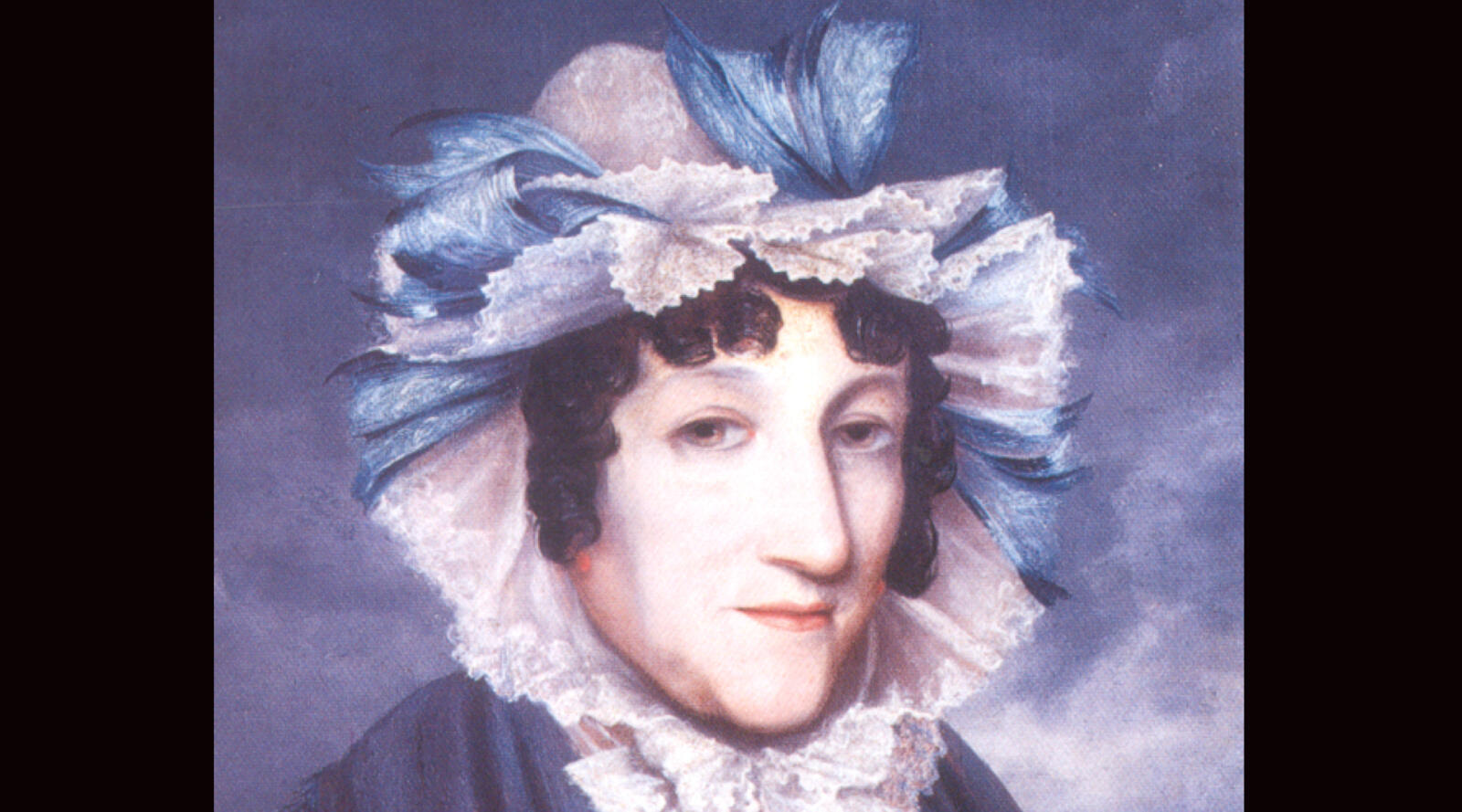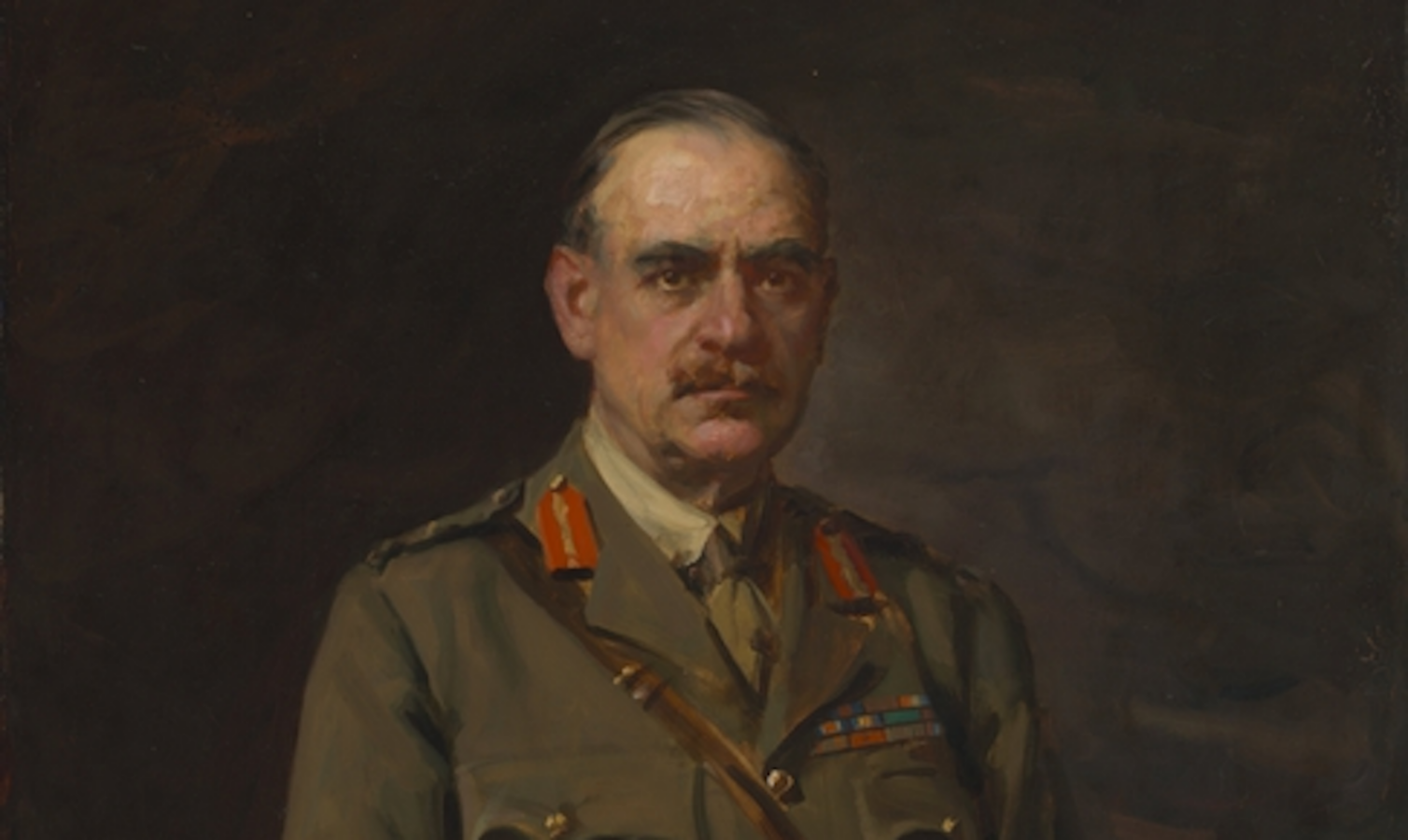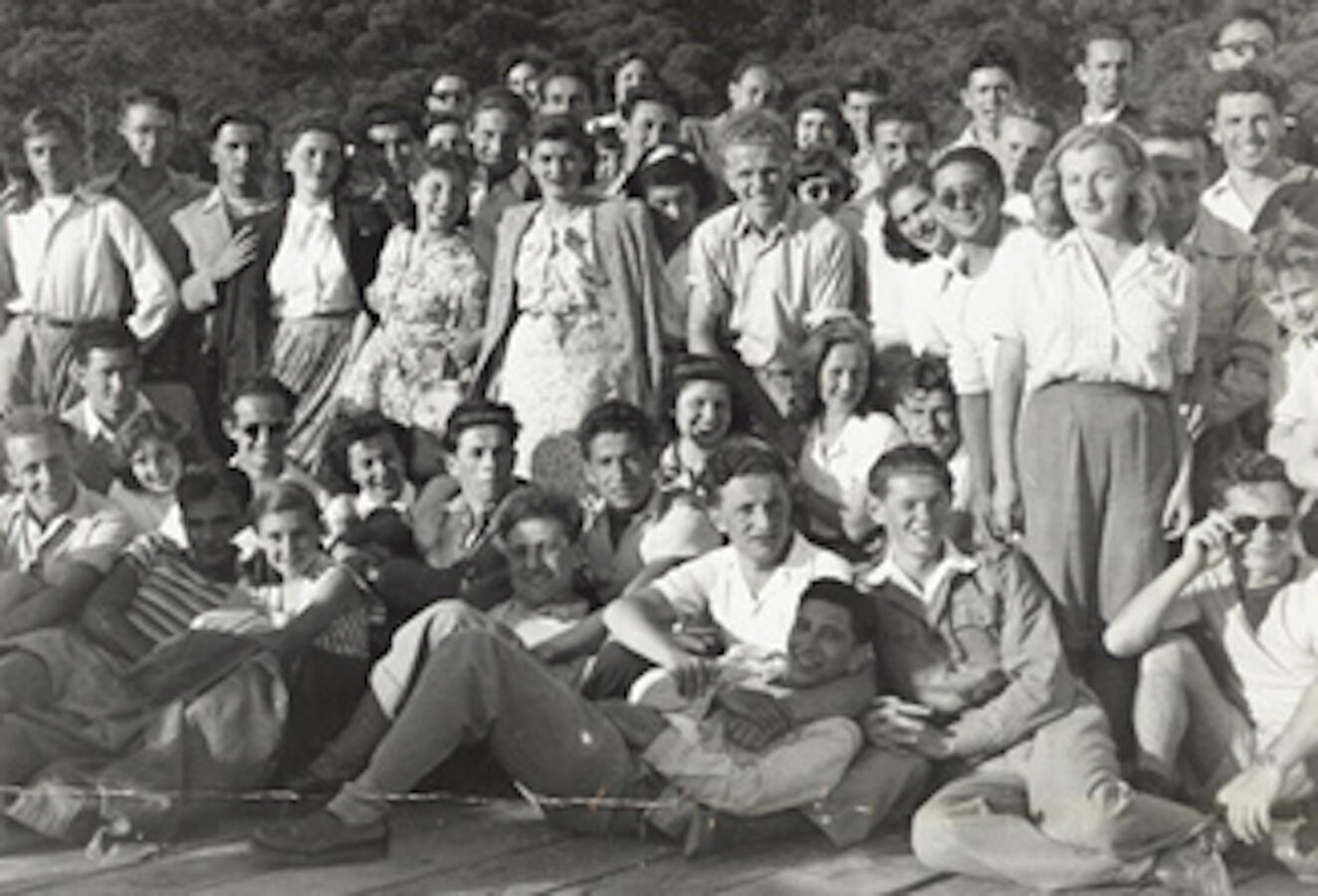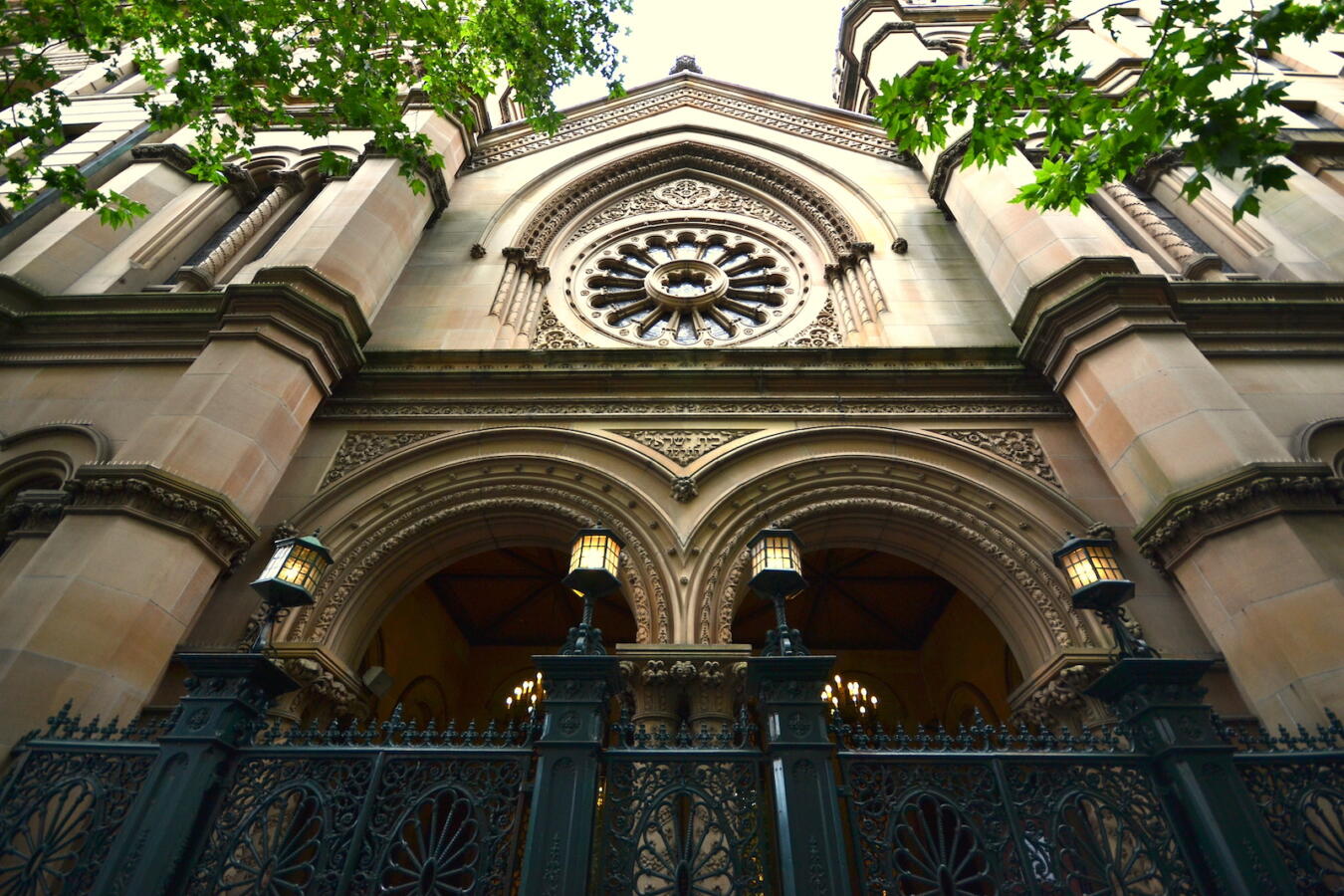Australia is one of the few countries that can exactly date the start of its Jewish presence: On Jan. 26, 1788, approximately 16 Jews — 15 convicts and one baby — arrived in what is now Sydney Harbor. Australia is also the only country in the world other than Israel to have had a Jewish head of state (twice), a Jewish head of the judiciary and a Jewish head of the armed forces.
Those early Jews were the first of several waves of immigrants that would repeatedly change the Australian Jewish community. At the time, they represented just 0.4% of the first cohort of British convicts shipped off to the Australian colonies — about the same as the Jewish proportion of the total Australian population today.
Some 120,000 Jews live in Australia now, the vast majority of them in Sydney and Melbourne, with smaller communities in Perth, Brisbane, Canberra, Adelaide and Hobart. The community boasts a wide range of institutions that serve its needs, protect its interests and express support for Israel. But in those first years of Jewish settlement there was neither the ability nor the inclination to form an organized community.
The convicts themselves came from the London underclass and were not on the whole religiously educated. They were also spread around the state of New South Wales. It was only when convicts began to be emancipated, and some Jewish free settlers started to arrive, that the embryo of a functional community could be formed.
With your help, My Jewish Learning can provide endless opportunities for learning, connection and discovery.

Makeshift Jewish services took place in private premises from about 1820, but a request to use an empty government building for Jewish services was rejected by the colonial administration in 1828. That same year Philip Joseph Cohen arrived in New South Wales and claimed authority from the chief rabbi of Great Britain to perform marriages. The first rabbinic presence was a visit by a member of the London Beit Din, Rabbi Aaron Levy, to carry out a divorce. It is likely that he brought a Torah scroll, prayer books and other useful Jewish items with him.
A congregation was formed in Sydney in 1831, but it conducted services in rented premises. The first purpose-built synagogue wasn’t opened until 1844 on York Street in Sydney. Another synagogue was built in Hobart, in Tasmania, in 1845. And the Melbourne Hebrew Congregation, founded in 1841, built its synagogue building in 1848. By the end of the decade, synagogues had been built in four Australian colonies.
Still, there were few Jews in Australia. The population began to increase in the late 1840s with the goldrushes — particularly in the state of Victoria, where the Jewish population increased from 300 to 3,000 within a decade. This meant there were enough people and enough money to establish several new synagogues and to organize Jewish education in Sydney and Melbourne. In Sydney, a new synagogue was founded in 1859, which later merged with the York Street congregation to form The Great Synagogue in 1878. The minister, Alexander B. Davis, served for 41 years and molded the outlook and character of the congregation. In keeping with the British stock of most members and their religiously lukewarm outlook, the synagogue practiced a very mild form of Orthodoxy, with a mixed choir, English readings and no expectation of a high level of observance from its members. Synagogues also opened in Adelaide and Brisbane and a community was formed in Western Australia in 1887, first in Fremantle and then Perth.
By 1881, there were just over 9,000 Jews in Australia. But several waves of eastern European migration beginning in the 1880s raised the Jewish population to over 21,000 by 1921. The new arrivals not only increased the size of the community, but also influenced its nature, particularly in Melbourne. These immigrants were much more religiously committed and less influenced by tepid Anglo-Orthodoxy. Unhappy with the Anglicized services in established synagogues, they organized their own worship when they could afford it. In time, the traditionalists founded their own congregations to rival existing synagogues. Yiddish culture also flourished in Melbourne, which after World War II was one of the few places in the world where secular Yiddish institutions continued to exist.

The early 20th century was a time of mixed fortunes for Australian Jewry. Jews rose to the top of Australian society and played major roles in many areas of national leadership, but intermarriage rates were high. Sir John Monash, born in Melbourne to German-speaking Jewish immigrants in 1865, commanded Australian forces in Europe during World War I. In the 1930s, Sir Isaac Isaacs served as chief justice of the Australian High Court and later as governor-general.
These were sources of great pride to the community but they did not solve its long term problems. That solution came in the 1940s and 1950s, a period which saw a near-tripling of the Jewish population, from 23,000 in 1933 to 59,000 in 1961. These watershed years saw a major influx of Jewish immigrants from three principal sources. The first was Holocaust survivors, who arrived in such large numbers that Australia came to have the highest per capita population of Holocaust survivors and their descendants of any country outside Israel. The second was Hungarian refugees who came to Australia after the 1956 anti-Soviet uprising. The third was the so-called “Ten Pound Poms,” Britons who paid just 10 pounds to travel to Australia in a postwar scheme aimed at increasing the Australian population.

There were other important Jewish immigrant groups too. After World War II, there was a wave of immigration by Jews from the Middle East and South East Asia brought by political unrest and anti-Jewish feeling in their home nations. In Sydney, a High Holiday service for Sephardi Jews was held from 1947, and the cornerstone of the Sephardic Synagogue was laid in 1962. By 1987, there were around 3,000 Sephardi Jews in Sydney. In Melbourne, the Sephardi Association of Victoria was formed in 1965 and a synagogue was opened in 1977. There are now several Sephardi congregations in both Sydney and Melbourne, as well as Sephardi services in Perth.
This influx had significant and long-term effects on the character of the Australian Jewish community. Less religious Hungarian Jews tended to go to Sydney, where they added little in the way of religious fervor. British Jews, however, brought with them a strong commitment to synagogue membership and attendance, and bolstered the existing congregations. More religious Polish Jews tended to settle in Melbourne, resulting in a large and diverse Hasidic community that has no parallel in Sydney. Some refugees brought a tradition of Central European liberal Judaism with them, which led to the growth and strengthening of Reform Judaism in Australia, where it had previously been weak or absent. Over time, the leadership of the community ceased to be the preserve of the British and came to include the central and Eastern European element.
The arrival of Chabad — first in Shepparton, Victoria, and later in Melbourne and Sydney — had a massive effect on the religious leadership of Australian Jewry. Although Chabad remains only a small proportion of the Australian Jewish population, Chabad rabbis head both the Sydney and Melbourne Beth Din and even many Modern Orthodox congregations.
In the last half-century, the communities outside Sydney, Melbourne and Perth have dwindled although there are new communities in some regional and rural locations. In the 1980s and especially in the 1990s and afterwards, Jews came in large numbers from South Africa and the former Soviet Union. South African Jews became deeply involved in the Australian Jewish community and to some extent revived it, with their commitment to synagogue life and to ritual practices like keeping kosher. Soviet Jews tended to be semi-detached, making rare and brief appearances at synagogue services, although some Jews of Soviet origins have now reached prominent positions in the community.
As a whole, the Australian Jewish community in the early 21st century is not particularly religiously observant but has a vibrant Jewish identity. Major traditions are widespread, as Seder night at home and Rosh Hashanah and Yom Kippur at synagogue. The community gives generously to fundraising causes and has a proud record of making aliyah to Israel. It succeeds in producing strong communal leaders to defend the community’s interests. The most recent research indicates that the community has still been growing, albeit by only about one per cent between 2006 and 2016, but it remains to be seen whether this becomes a long-term trend.



